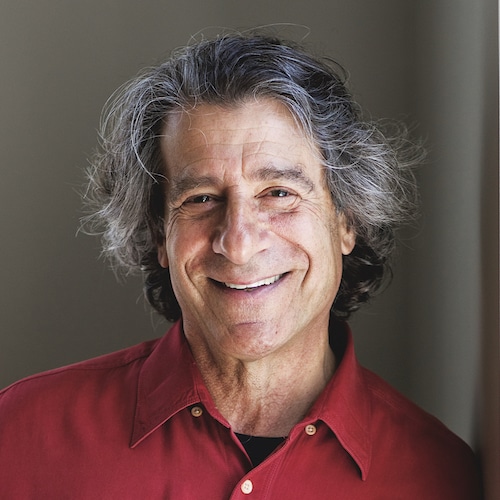Things That Endure | Inside Yankee
I begin my mornings scrolling through a host of New England newspapers online, just seeing what people are up to. One day in May I read in the Bangor Daily News about Woodland Consolidated School, in the small town of Woodland in Aroostook County, Maine. For years, educators there have emphasized teaching cursive writing, that […]

Coffee By Design | Portland, Maine
Photo Credit : Katherine Keenan
I begin my mornings scrolling through a host of New England newspapers online, just seeing what people are up to. One day in May I read in the Bangor Daily News about Woodland Consolidated School, in the small town of Woodland in Aroostook County, Maine. For years, educators there have emphasized teaching cursive writing, that all-but-forgotten skill many of us once possessed before we put aside pens and pencils for keyboards and, later, thumbs on a phone.
They have taught it so well that recently Christian Vargas, a seventh grader, and Allison St. Peter, a third grader, each won a prize in a national competition for cursive writing that attracted some 80,000 entries. Allison’s mother, Carrie St. Peter, a teacher at Woodland Consolidated School, told The New York Times (which had quickly hopped onto the story), “It’s something that our school takes a lot of pride in.” Allison’s beautiful handwriting in the title of this page shows the art lives on.
As I began to write this column—with fingers on a keyboard, alas—I thought about how many stories in this issue reflect the traditions and rituals that stay with us. We visit a seventh-generation family apple orchard whose heritage will now continue with a non-family orchardist who also cherishes the land [“Seeds of Change,” p. 18]. Turn a few pages past that, and you will learn about one of the most extensive displays of the ancient art of bonsai to be found outside Japan [“A Living Art,” p. 32], and beyond that, discover new ways to enjoy cranberries, a fruit that was first cultivated on Cape Cod in 1816 [“Tart Nouveau,” p. 52].
After Thoreau and Emerson climbed New Hampshire’s Mount Monadnock, their passionate elegies to its beauty enticed others to follow—so many that Monadnock is now one of the most-climbed peaks in the world. “One Day in October” [p. 98] will introduce you to some of those who come to this mountain to find their own trail. And “The Man Who Loved Shakers” [p. 106] tells how Bud Thompson’s devotion to the elders of a spiritual sect nearing its end helped preserve its legacy and stories for people today to discover.
There is a thread that I see from Thompson, with his belief in the importance of Shaker heritage, to a Woodland teacher named Alexandra Lord. She told the Times, “I always tell my students: ‘You should be proud of your name. You should be able to write it as beautifully as you can because it represents your spirit, and you, and what you can accomplish.’” Thompson and Lord both celebrate worthwhile endeavors even as they may seem to be dying out. And now here for all of us to see is Allison St. Peter’s young spirit, reflected in her careful hand:

Mel Allen editor@yankeemagazine.com







